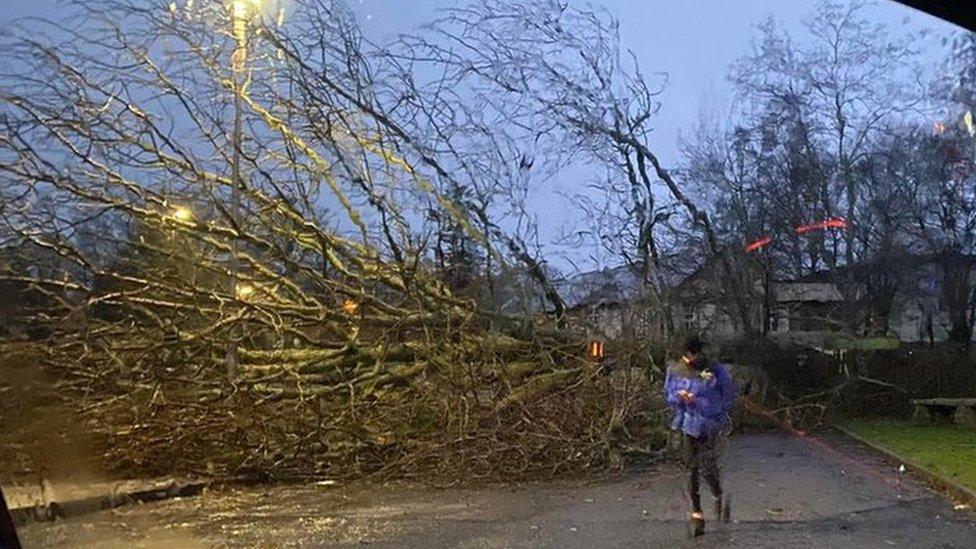Storm Arwen: People tell of impact on lives one year on
- Published
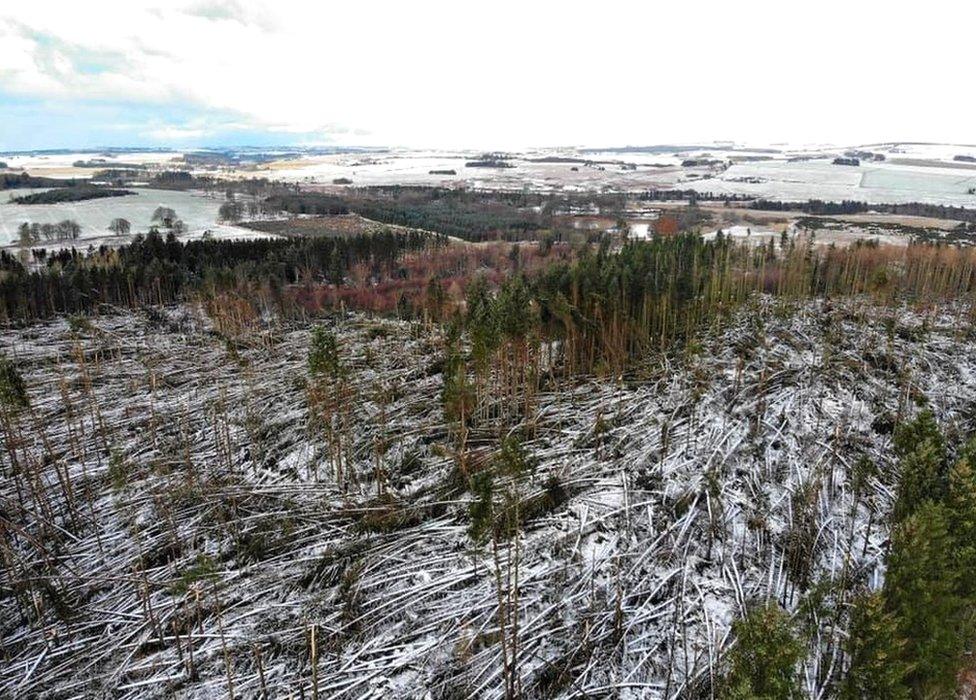
This dramatic aerial image in Aberdeenshire showed the extent of some of the damage
The final Friday of November last year witnessed Storm Arwen cause devastation across Scotland.
Wind gusts of about 100mph brought down trees and power lines, leaving tens of thousands of homes without electricity.
The north-east of Scotland, Dumfries and Galloway and the Scottish Borders were among the areas worst hit.
One year on, BBC Scotland has spoken to some of those who were affected.


Linda and Stephen Vickers said Storm Arwen proved a difficult time
Stephen and Linda Vickers, both 64, live near Whitehouse in Aberdeenshire.
They were without power for several days during Storm Arwen. It was a particularly challenging time for Mr Vickers, who relies on a home dialysis machine.
"Unfortunately I've got kidney failure so I have to plug myself in every evening to a dialysis machine which cleans up my blood system," he said. "It works by putting warm, clean water into my abdomen. So I've got to do that all night and it's totally reliant upon an electrical supply.
"I can go manual, but the unfortunate thing about the manual system is that the dialysis machine has a heater in it which warms the water up to body temperature. Without electricity I've got no heaters.
"I was trying to warm the bags up by the log burner but it didn't really work at all. It was very very cold and was getting colder all the time. It was actually getting quite painful putting it into myself.
"Afterwards, once I had finished the treatment, I felt really really cold inside. It wasn't just my fingers and toes it was my whole body."
The couple have made changes in anticipation of more weather disruption.
"We've got a small gas cooker and a big supply of gas cartridges so we can cook and keep ourselves warm," Mr Vickers said.
His wife added: "I've got a cupboard of soup and things like that that I've collected in readiness for this awful event that might happen again. Hopefully it doesn't."
'We lost 846 seal pups'

Ciaran Hatsell said he had never seen so many seals die
Ciaran Hatsell is a ranger at St Abb's Head nature reserve in the Scottish Borders.
"When Storm Arwen hit it was the height of pupping season, we lost 846 pups - 42% of all the pups that were born," he explained.
"It was a pretty horrific scene to be honest at the time. Death is a big part of life on a colony, but I have never seen anything like that. There were just piles of pups on the beaches.
"It's quite hard-hitting. We are just hoping it doesn't happen again."
St Abb's seal pup numbers recover after 'horrific' Storm Arwen
He said the signs were "really positive" that the seal population would recover.
"We have not lost a lot of breeding adults," he said. "It looks like the population is very stable. So looking at the count from last year and the count this year, they're very very similar in number.
"There are glimmers of hope."
'We're reasonably ready for disruption'
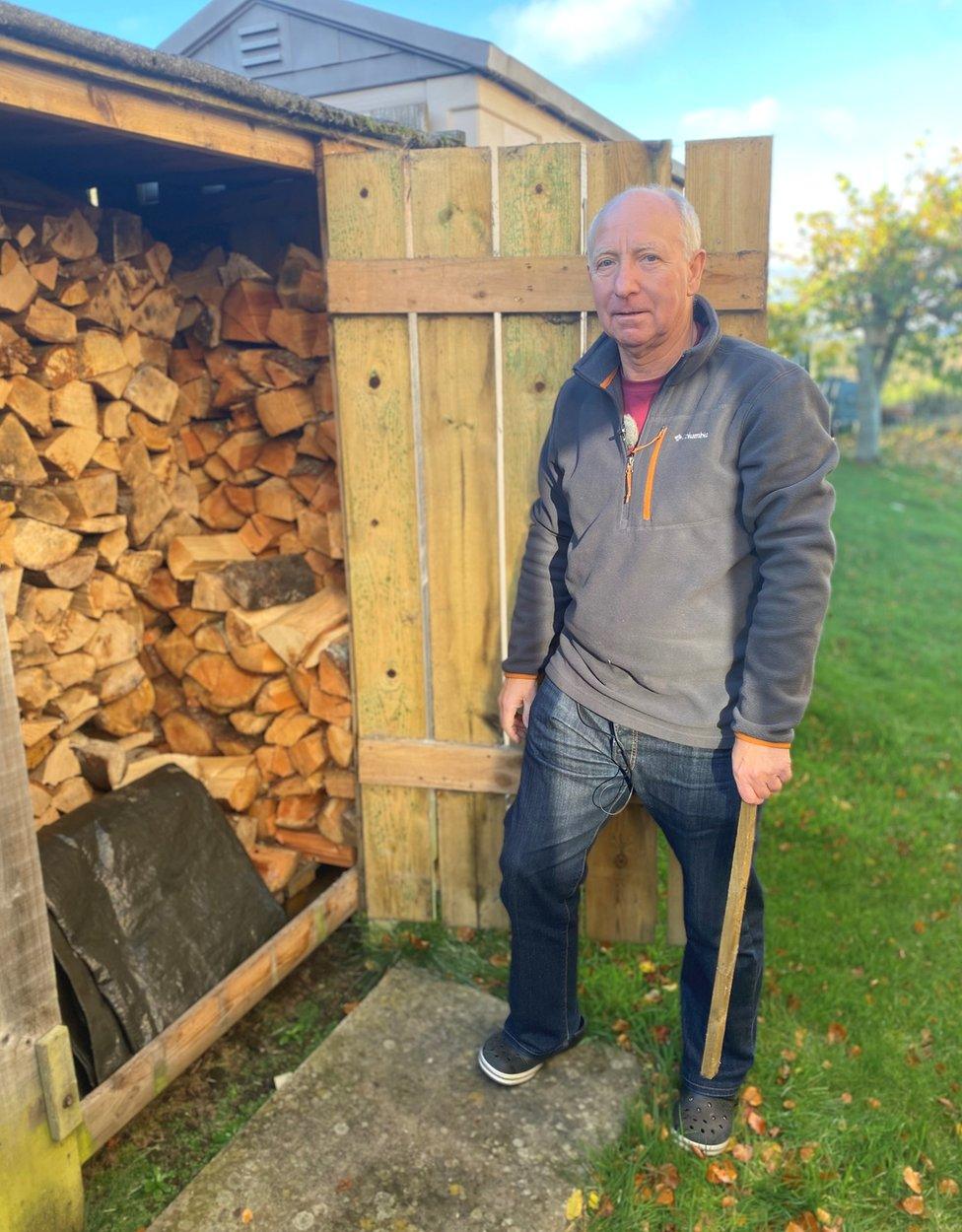
Hugh Falconer said he had stocked up with firewood
Hugh Falconer lives in Sauchen in Aberdeenshire. The village was without power for a week.
"Because we were being told that the power was coming back on we stayed in the house," he recalled.
"Luckily we have a wood-burning stove so that kept us warm in one of the rooms. I had a car battery with some bulbs so we could get some light. We managed to survive and eventually learned how to cook sausages on the wood burning stove.
"As the week went on the temperature in the house just dropped day after day and it got quite miserable."
The village has experienced a recent power cut, and Mr Falconer said he fully expected more this winter.
"We bought a generator so we've got enough electricity to power the heating and the lights in the house," he said.
"We've stocked up with as much firewood as we can. We've also got a supply of water. The car battery is charged up and we've got new LED bulbs to run on that so we're reasonably ready for the disruption that will come."
'There is a long way to go'
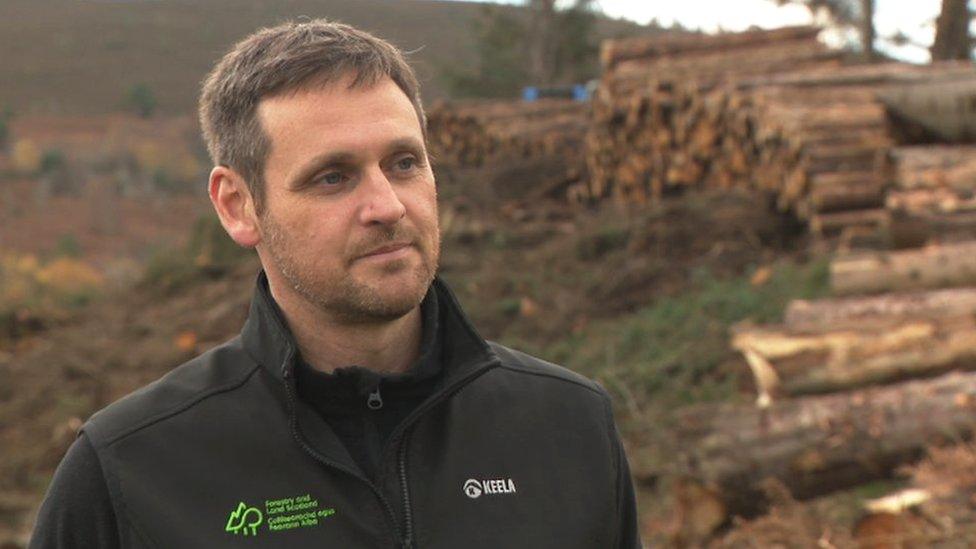
David Leven asked park and forest fans to be patient
It is estimated about 16 million trees in Scotland were affected, with the damage particularly significant in the north east and south of the country.
The scale of the work has meant the clean-up is still ongoing a year later, and a number of forests remain off limits to the public.
"Our teams have been working hard but there is a long way to go," David Leven, a regional manager for Forestry and Land Scotland, said.
"Almost overnight, around three years of work appeared for us. It is constrained by a number of factors. For example we have to work within the nesting and breeding seasons of birds and animals.
"I understand the frustrations of members of the public wishing to go to their favourite parks or forests. A number of our forests are now open and others will open in future months but please be patient with us."
'We are all optimistic'

Barry Scott said the heritage centre now had to be made safe
Barry Scott is one of the directors of Fraserburgh Heritage Society.
What remained of the town's heritage centre roof - which was torn off by the high winds - was removed earlier this year.
He described "colossal damage" being caused by Storm Arwen.
"We have to make the place safe," Mr Scott said. "We want to get going again. It was a big loss for the area."
Fundraising will have to take place to get the centre reopened, which it is hoped could be in two years. "We are all optimistic," he said.
'Unprecedented storm'
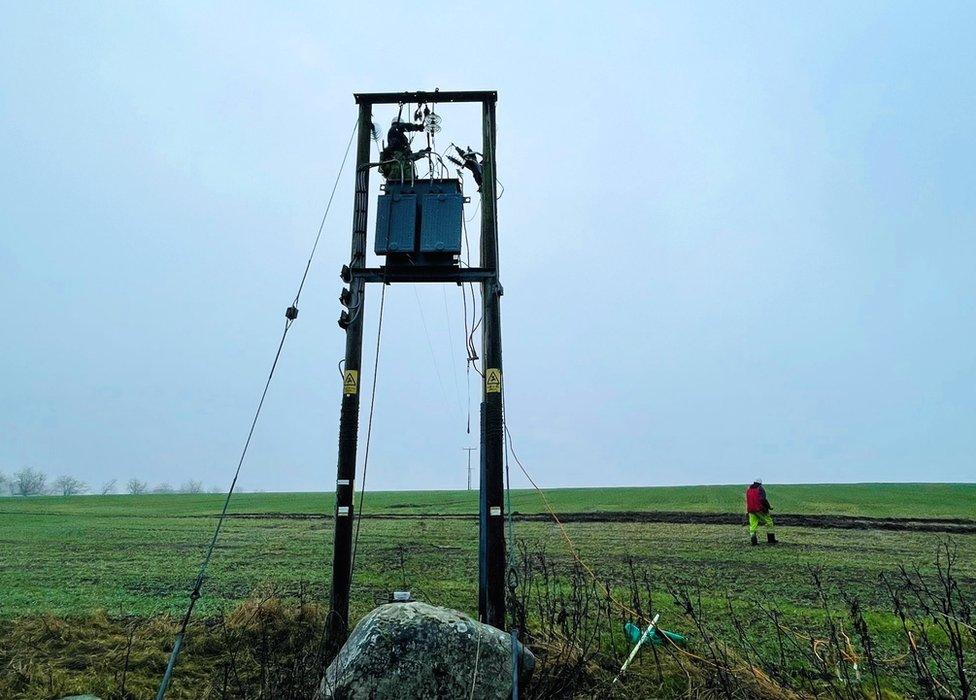
Engineers worked to restore power in the wake of the storm
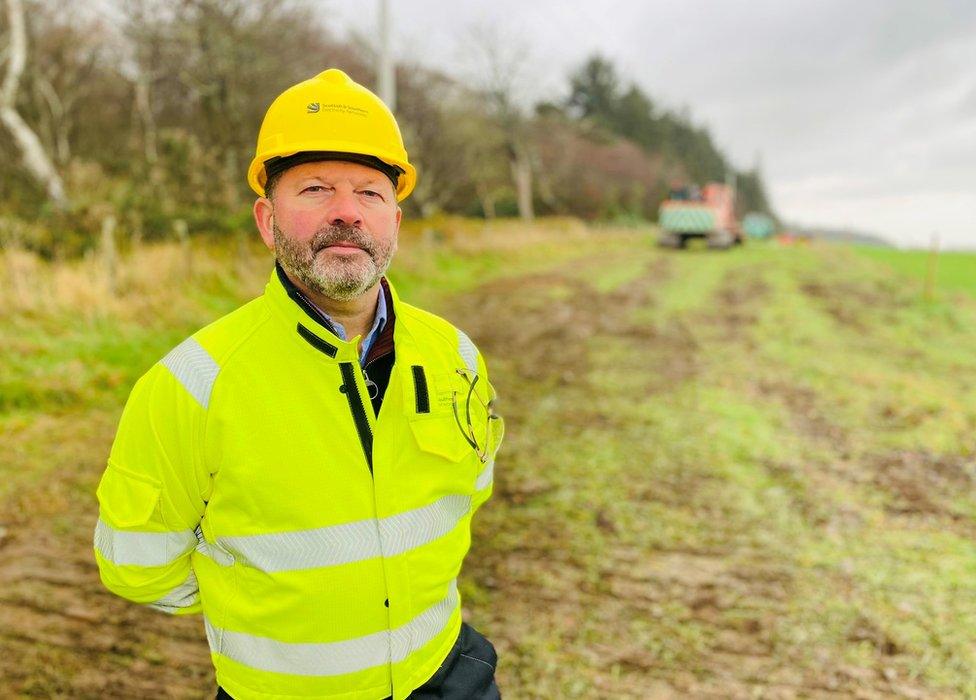
SSEN's Mark Rough said it was hoped the power supply system was now more resilient
Mark Rough, operations director with Scottish and Southern Electricity Networks (SSEN) Distribution, described Storm Arwen as "unprecedented".
He said: "We were faced with over 11 hours of hurricane force winds, that's over 70mph. That resulted in over 1,000 points of damage across our distribution network. That equates to around two years worth of faults.
"I've worked with the company for 37 years and I haven't seen anything like that.
"What we decided to do was cut additional trees on that network where it was adversely affected or at risk, and where we couldn't actually cut those trees we're ploughing in and undergrounding certain sections of the overhead line.
"Then on top of that we're also introducing mobile generation hook-up points in Upper Deeside to facilitate the connection of generation far quicker should we be faced with those similar difficulties."
He said it was hoped such steps would make the power supply system more resilient.
- Published9 June 2022
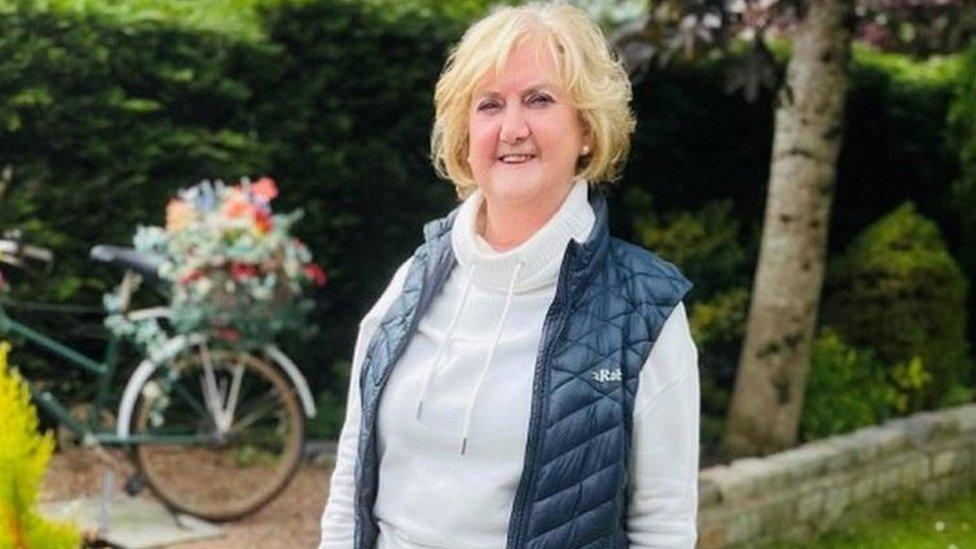
- Published18 February 2022

- Published17 February 2022
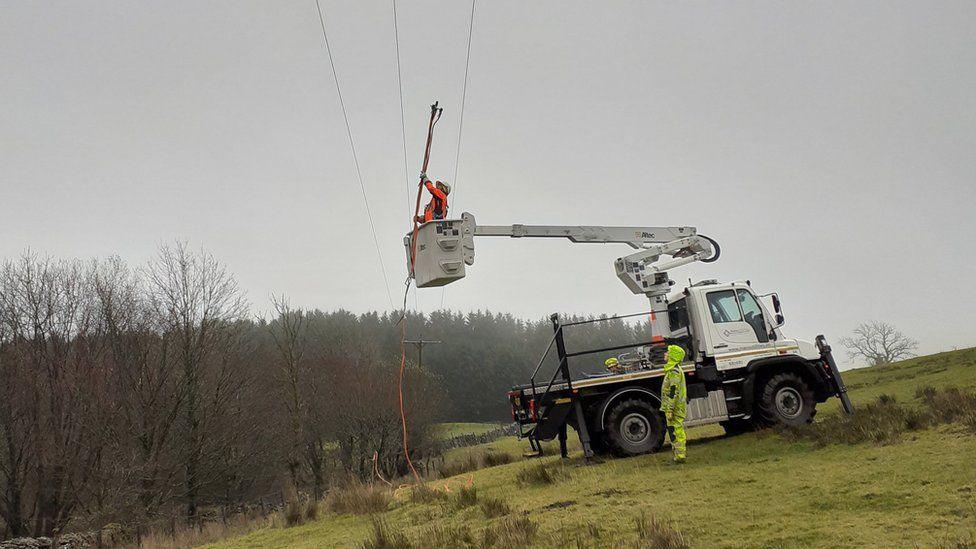
- Published14 January 2022
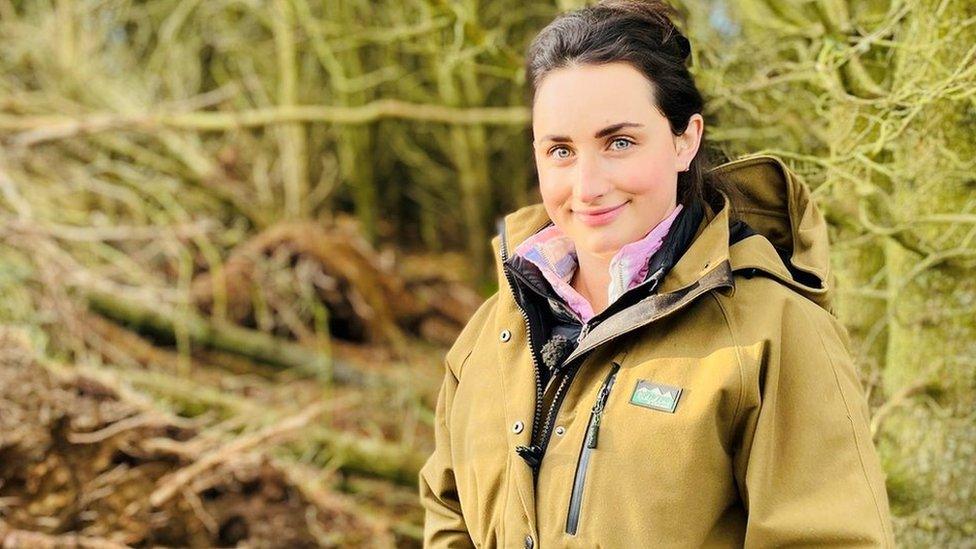
- Published3 December 2021
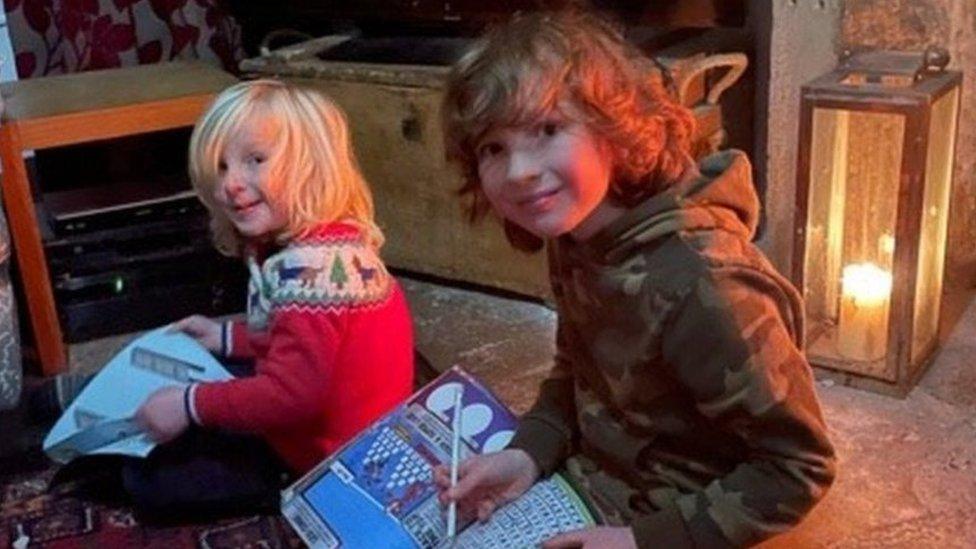
- Published26 November 2021
